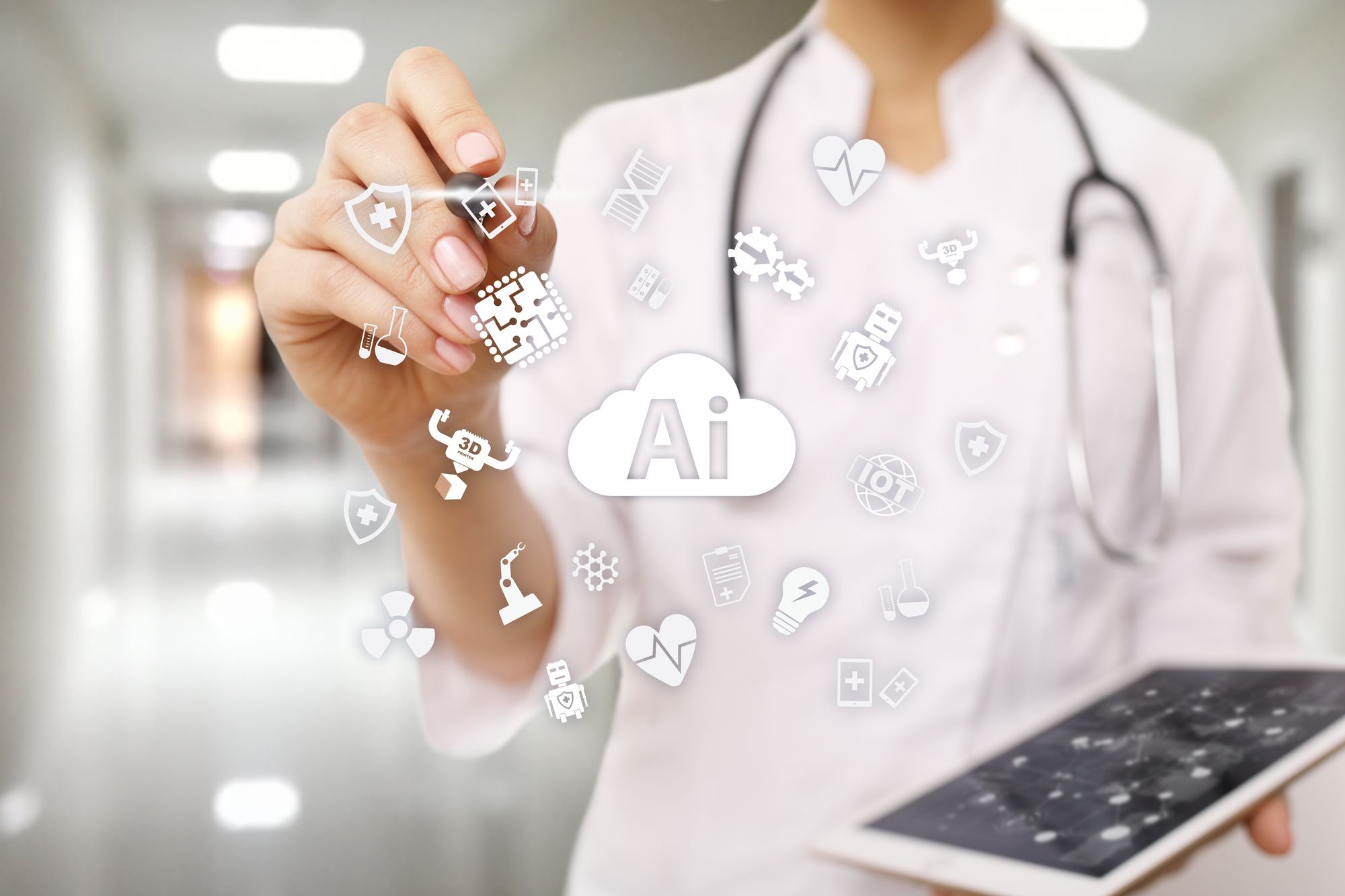
Download the expert's guide to RPA in Healthcare now!
Healthcare is often inefficient from a systems standpoint because you deal with individuals. Everyone is different, and although there are overarching standards, each person's healthcare is unique. So, there is no single unequivocal solution to many aspects of the healthcare system, making it challenging to implement process automation solutions.
Various time-consuming procedures and stringent requirements in healthcare systems, such as insurance services and clinical scheduling, necessitate a significant allocation of resources. As a result, bottlenecks, high operating costs, and long processing times are regularly experienced. These delays slow down patients from getting the help and care they need. Enter robotic process automation. Healthcare is one of the top 10 use cases for RPA .

Fortunately, by maximizing the value of automation and Robotic Process Automation, or RPA, healthcare professionals can resolve these problems and enhance the overall quality of treatment. Enacting RPA will make medical systems more effective, enable faster healthcare workflow, and increase general patient care and satisfaction.
Moreover, with the help of RPA, medical professionals can prevent expensive, time-consuming digital transformation implementation projects and experience immediate benefits from automation and rapid implementation projects. This action allows them to devote more resources to patient care and better outcomes.
What is Robotic Process Automation?
Throughout the quest to keep up with the digital transformation, Robotic Process Automation, or RPA, is frequently hailed as a convenient and straightforward approach to expedite critical processes, prolonging existing systems' longevity and reducing costs.
Moreover, Robotic Process Automation is a software platform that makes it simple to create, implement, and administer software robots that mimic human movements while dealing with digital systems and applications. Because of this, RPA is becoming increasingly popular. One great example of such software is Nanonets.
While Robotic Process Automation is helpful in advancing the broader route to digital transformation, it usually gets used as a short-term solution. Instead, enterprises must focus on a long-term intelligent automation plan to remove temporary solutions and costly disruptions.
Read more: Intelligent Automation vs RPA
Download a free guide RPA in healthcare

10 Best Hyperscience Alternatives - Ratings, Reviews & Pricing

8 Common CSV Import Errors in NetSuite - and How You Can Avoid Them
The Ultimate Guide to Assessing Table Extraction

